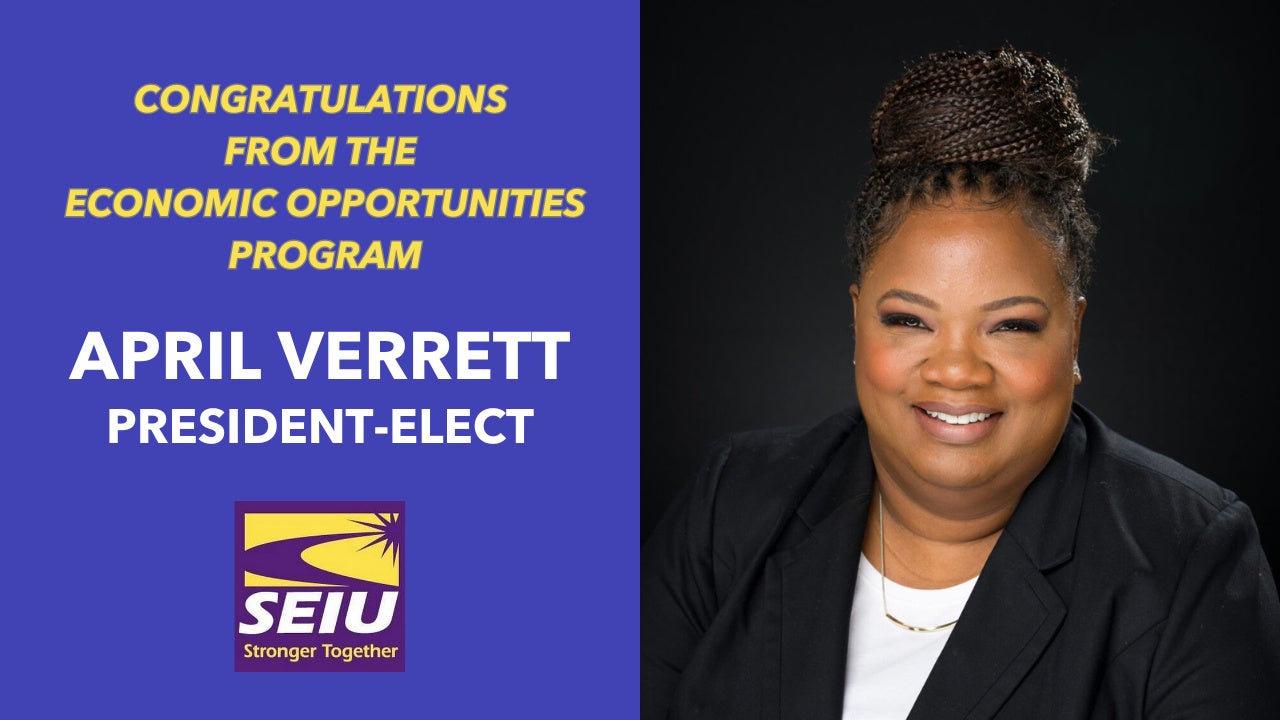
*This piece was originally published on The Huffington Post.
The results of last week’s elections make one thing clear: the polarization that has marked America over the past few years — red states, blue states; stalemates in Congress; intense debates on social programs — shows no signs of abating. So when policies come along with broad support from Americans across race, gender, geography and political parties, policymakers should take notice and act. Fitting the bill? Two-generation policies that provide opportunities for low-income children and their parents simultaneously. Newly elected policymakers everywhere should have reading this at the top of their to-do lists: “Top Ten for 2Gen.”
We all want to see families thrive, but fragmented approaches that address the needs of children and their parents separately often leave either the child or parent behind and dim the family’s chance at success. Placing parents and children in silos ignores the daily challenges parents working or studying face while raising a child, a challenge even more pronounced for those with low wages. Two-generation approaches work with children and their parents together to put the whole family on a path to permanent economic security.
Communities and states around the country are increasingly adopting two-generation strategies that build upon existing policies to lift families out of poverty. In “Top Ten for 2Gen,” Ascend at the Aspen Institute outlines six principles and 10 specific policies to design and implement effective two-generation approaches. The report’s agenda focuses on the core areas families need to get ahead and stay ahead — early education, post-secondary education, and employment pathways, economic assets, social capital or trusted support networks, and health and well-being. Informed by an ever-growing field of innovative practitioners and policymakers, the policies can be put in place today. They do not require new funding streams or new legislation.
These policies reflect the kinds of support young parents tell us they need. They are based on smart strategies that can create opportunity two generations at a time. They include:
- Increasing support for mothers in home visiting programs to pursue workforce training for economic stability;
- Strengthening family and parent supports in Head Start and Early Head Start programs;
- Reforming the Child Care Development Block Grant to increase access to and quality of early childhood settings for children and ensure greater access to job training and education for parents;
- Reforming financial aid programs to better help enrolled student-parents reach and complete higher education; and
- Redesigning Temporary Assistance for Needy Families to fit 21st century families.
The good news is the political will is there. Americans of all stripes — Democrats, Republicans, young, old, parents and non-parents, married, and single — all agree that these policies can help move families toward opportunity. According to a new 2014 survey from Lake Research, 70 percent of Americans believe that if we want to make sure low-income children are successful in their early learning, then we have to also invest in their parent’s economic well-being. They support programs with a two-generation approach, and that support is gaining strength. Today, 89 percent favor such a program as a means to raise families out of poverty. When asked if they would still support such a program if their own taxes were raised to introduce it, 70 percent were still in favor, support that cuts across partisan lines.
Organizations and leaders nationwide are already using two-generation approaches to attack intergenerational poverty. On the frontline of that movement is the Aspen Institute Ascend Network, made up of 58 leading organizations from 24 states and the District of Columbia. These partners range from community colleges seeking to better serve student-parents and their children, to early childhood centers engaging parents in pathways to employment, to two-generation partnerships spearheaded by Promise Neighborhoods, the United Way, and women’s foundations.
Some Western pioneer states — Colorado, Montana, Utah, and Washington — are on the leading edge of two-generation policies. In Colorado, for example, the Department of Human Services is developing an approach to employment for both custodial and non-custodial parents, increasing college savings options for low-income children, and expanding the percentage of low-income children in high-quality early education.
It is time for other policymakers across the country to join this effort. Unless they rise to this challenge, the next generation will be at further risk — for academic struggles, for lower wages, and, ultimately, for the same challenges facing their parents for economic stability. Our long-term economic prosperity will also be at risk as children and parents struggle to achieve educational and economic success. Two-generation policies offer policymakers the chance to break the intergenerational cycle of poverty and build one future, two generations at a time.
Anne Mosle is vice president of policy and executive director of Ascend at the Aspen Institute.

